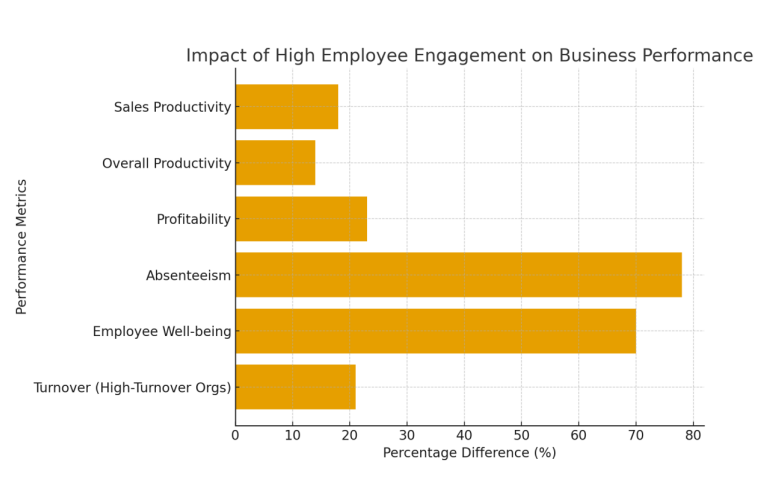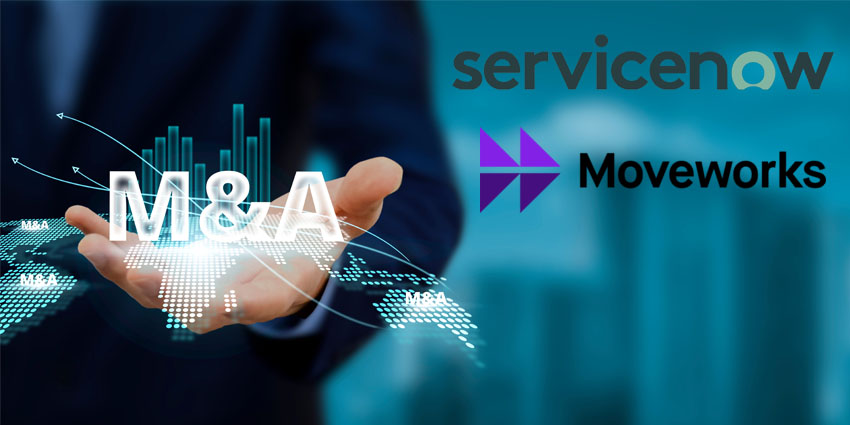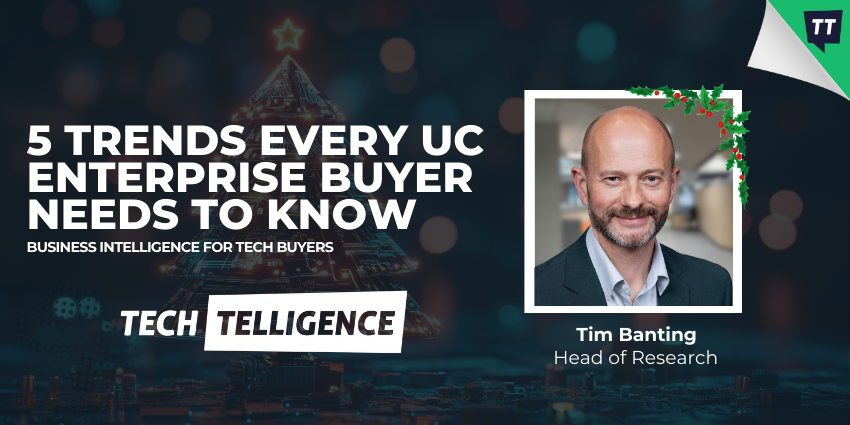The ROI of employee engagement is no longer theoretical – it’s the difference between driving growth and quietly bleeding billions.
Here’s the bad news (brace yourself): Gallup’s State of the Global Workplace 2025 report, based on over 128,000 employees across 160 countries – shows global engagement has slipped to 21% in 2024, down from 23% in 2023. Yep, we’re trending backwards. If we connect the dots to what we covered in our last article, disengaged employees are already draining a jaw-dropping $8.9 trillion from global productivity – about 9% of total GDP.
So, for B2B technology enterprises, the financial hit appears not only in output but also in attrition, innovation, and customer satisfaction. Teams that feel disconnected are less engaged, collaborate less and are more likely to churn.
Engagement Pays – The Real ROI Math
Implementing tools and systems that foster an engaged workforce brings numerous additional advantages for businesses. According to Gallup, organizations scoring in the upper quartile for employee engagement will see several, measurable benefits in comparison to their counterparts in the bottom quartile.

Data as of 2025 (Gallup)
An extra, less measurable benefit: A workplace that doesn’t feel like a Monday morning existential crisis.
From Connection to Conversion: How to Improve ROI on Employee Engagement
If engagement drives performance (and it does), then the trick is turning good intentions into measurable outcomes. Here’s how leading enterprises are doing it – no fluff, just impact.
- Prioritize Meaningful Work: Communicate your mission, values, and culture – and make sure leaders walk the talk. With Gen Z set to make up 25% of the workforce by 2025, purpose isn’t optional. They want to feel their work matters.
- Make One-on-Ones Matter: Regular, focused check-ins aren’t box-ticking. They’re how managers uncover ambitions, align goals, and build real connection.
- Recognize and Reward Strengths: Engagement thrives on appreciation. Use recognition platforms like Microsoft Viva Engage to spotlight wins and celebrate strengths.
- Automate the Mundane: Ditch the drudgery. Leverage connected workplace platforms with robust automation to streamline workflows, surface insights, and let people focus on creativity and collaboration – not copy-paste tasks. (Read more on How Connected Workspaces Close the $8.9 Trillion Disengagement Gap)
- Measure What Matters: Track the metrics that actually drive engagement: clarity, recognition, and strengths. The best tools don’t just collect data; they trigger meaningful action.
Tech That Talks Back – Integration as an ROI Multiplier
The human side of engagement only goes so far if your systems can’t keep up. The organizations actually winning the engagement race are the ones that marry culture with technology – adopting integrated, automated ecosystems that cut friction, surface insights, and make work feel effortless. Because connection doesn’t scale without infrastructure.
And since we’re a B2B tech publication, you know we wouldn’t just say that without evidence – we brought receipts.
A Forrester Total Economic Impact (TEI) study commissioned by Microsoft found that a composite global organization of 10,000 employees achieved 40–50% efficiencies in application integration and management after deploying Azure Integration Services. Those gains – powered by automation, centralized monitoring, and simplified scaling – delivered $868,700 in benefits over three years.
That’s the business case in black and white. Integrated ecosystems don’t just boost efficiency – they amplify engagement. Less friction means more focus. More alignment
means faster collaboration. The real ROI comes from time reclaimed, creativity unleashed, and performance sustained.
Engagement Is Infrastructure, not an Initiative
As Jeremie Brecheisen, Managing Partner for Gallup EMEA, put it:
“Right now, we see that only a little over 20% of the world is engaged with the work they do. We think that should be double – and that will take time, but it’s exciting to think about how 40 to 50% of workers being engaged could change the world.”
Imagine that future, where half the global workforce is energized, connected, and creating at full potential. The economic and cultural ripple effects would be transformative. For enterprises, it’s not just a people goal; it’s a performance revolution waiting to happen.
The technology, tools, and leadership models to get there already exist. What’s missing is the decision to treat engagement as infrastructure, not initiative.
Ready to unlock engagement at scale?
Explore AI and Collaboration: The New Power Duo Transforming Employee Engagement – your 2026 UC guide to trust, purpose, and productivity.







